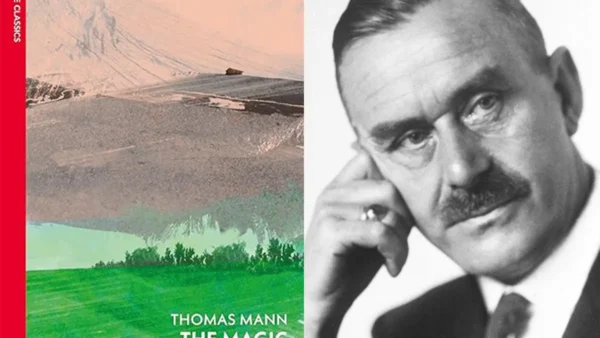I got this as a reviewing freebie from LibraryThing, which was good because with its title and retro cover of cartoonish man emerging from jungle, I would probably never have picked it up in a bookshop. In fact, it turns out to be a postmodern pastiche of African adventure novels, with a strong metafictional element (the narrator has been told the story by a suspected murderer awaiting trial, and all along he (and we the reader) have to work out whether to believe the increasingly implausible tale).
Knowing all of that would have made me more interested, although metafiction has evolved from an interesting literary experiment into something of a craze, and this book raised no new questions for me about the nature of literary creation and the contradictions of the storytellers’ art. The twist at the end was therefore expected — I couldn’t predict the full details, but had some idea of the new information that would come to light, showing many of the narrator’s assumptions to be false, casting doubt on the rest of the narrative, etc. etc. Maybe I’ve just read too many similar works lately, but the “story within a story within a story” thing is getting a little tired for me. It detracts from the story itself and focuses attention on the storyteller and his art, about whom there is only a limited amount you can meaningfully say.
Of course, the novel instantly recalls “Heart of Darkness”, from its setting in the Congo to its journey deep, deep into the jungle, where the party meets with unspeakable horrors. And, of course, Conrad used the “story within a story” approach too, having his narrator tell the story as related to him by Marlow (although Conrad is less interested in the role of the unnamed narrator than the postmodern Pinol). Pinol’s attitude is much more critical of colonialism, though. The English aristocratic brothers who lead the expedition are not corrupted by the “Dark Continent” — they bring their barbarity with them (one was a fraudster, the other a paedophile, back in England). They are cold-blooded, vicious and amoral from start to finish, and Pinol has his narrator, Tommy Thomsen, express the appropriate moral outrage as the prisoner, Marcus Garvey, continues his story. (Apparently Pinol has a fondness for playing with famous names, e.g. Marcus Garvey, but for me it was offputting and I could see no good reason for it).
Yet despite the clarity of Pinol’s moral position, the troublesome images are still there. The “Negroes” in the book are still all dumb, docile creatures, too stupid to escape without the intervention of their marginally more intelligent leader Pepe (named by Marcus after a former pet bear). Their first appearance in the book is when they “sat apathetically, squatting like frogs with their elbows over their knees, waiting for someone to give them marching orders.” Apart from a slight variation in the animal images used to describe them, this is essentially how they appear throughout the book. Yes, of course, these are Marcus Garvey’s descriptions, not Pinol’s. Yes, later developments throw a lot of doubt on Marcus’s version of events. But Conrad, too, distanced himself from the descriptions by placing them in the mouth of another narrator, and yet they are still problematic.
Chinua Achebe famously denounced Joseph Conrad as a racist for his depiction of Africans in “Heart of Darkness.” I have no doubt that Pinol’s intention was to overturn this kind of depiction, but the trouble is that in imitating something, you have to take on a lot of its faults, and so a lot of the racist elements in the novels Pinol is parodying also infect his own. Achebe’s main criticism of Conrad was that he de-humanised Africans, reducing them to a backdrop for the psychological developments of European heroes. I didn’t really feel that Pinol overturned any old stereotypes in his book, and may inadvertently have reinforced some. Even the one African character, Modepa, who exists outside of Marcus’s descriptions, is not really human. He is silent, inert, completely lacking in initiative, waiting for years on the instruction of one white man for another white man to say the words that activate him and bring him into the plot.
My conclusion: if you want postmodern metafiction, read “Atonement”. If you want an antidote to imperial triumphalism, read “Britain’s Gulag.” This mishmash of different styles and stories is diverting for a while, but ultimately unsatisfying.


